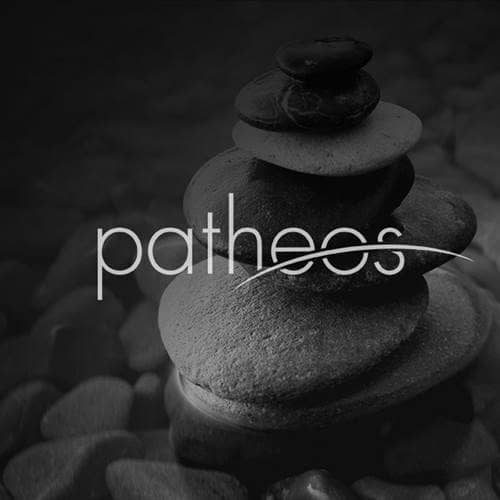- Trending:
- Pope Leo Xiv
- |
- Israel
- |
- Trump
- |
- Social Justice
- |
- Peace
- |
- Love

RELIGION LIBRARY
Zen
Leadership
Specific leadership positions vary according to the size of a monastery or temple. Family temples in Japan, those institutions that do not specialize in teaching meditation, typically have a head priest and a number of assistants, depending on the size of the temple. Japanese Buddhist priests are allowed to marry, and in keeping with Shinto tradition, the position of the head priest is passed down from father to son. If the eldest son is unable to take the position or dies before the father, a younger son will take the position. If there is no son, the family will normally adopt one, sometimes an adult who already has Zen Buddhist training and education, to be the successor.
Assistants are also monks, and have a variety of duties, including keeping the books, taking care of the grounds, seeing that the buildings are maintained and repaired as necessary, and all the many other tasks that are required to run an organization. The administration of a temple is undertaken entirely by priests and monks, with the help of lay volunteers. In addition there are, of course, many religious duties. A larger temple will have a number of clergy who are qualified to conduct funerals, and all will work together to prepare for large ceremonial events.
One important figure in Japanese temple organization, one who is rarely mentioned in official texts, is the priest's wife. (Japanese Buddhist clergy began to marry after an 1872 government decree allowing them to do so, and sometimes Korean clergy do as well, due to pressure from the Japanese occupation forces during the first half of the 20th century.) She will cook for the family, keep the personal quarters clean, greet visitors, organize lay volunteers, and fill in for the priests in a variety of non-ritual capacities when needed.
In a recent innovation throughout Japanese Buddhism some married priests' wives are now receiving religious training. They are sometimes called nuns—like monks, but they follow more precepts—and are included as members of nuns' associations. While the level of respect and recognition is still limited, this is a step toward recognition of these vital members of a temple's staff.
A Zen or Chan teaching monastery typically has two heads: a religious head and an organizational head. The religious head of a monastery is the roshi (Chinese, laoshi), meaning "old master," usually translated into English as "master" or "abbot." In English an informal distinction is often made; the term "abbot" is often used specifically to describe those who are heads of monasteries, whereas "master" is used as a more inclusive term for those who are designated dharma successors by other masters. In Japanese, the term roshi is used in both cases. In many cases, masters will move from monastery to monastery rather than being associated with one particular place.
A few famous masters have been known to wander about aimlessly, but then assume a position as head of a monastery. For example, Ikkyu (1394-1481) protested against Zen hypocrisy and its association with the government. He was said to have refused a certificate of enlightenment from his teacher, and after his enlightenment he led an atypical life—drinking, visiting brothels, writing poetry, and carousing with friends among the nobility, and perhaps even marrying for a time and fathering a child. He was also known for occasional bizarre public behavior. Yet after nearly fifty years of this kind of life, he agreed to accept the role of abbot of Daitokuji and raise funds for its restoration following a destructive civil war.
While the abbot may be engaged in fund raising or other activities as the public face of a monastery, one of his most important duties is to direct novices toward enlightenment. It is he who conducts interviews with students who are doing koan study, and who declares an individual to have achieved enlightenment—that is, he is the only one who can convey dharma transmission. He also has an assistant who is his designated heir, able to assume many of his duties but not that of directing koan study, and a personal assistant as well.
Monasteries also have a head who is responsible for the administration of the facility. The role of the head monk is practical; he must oversee every aspect of the life of the monastery. He has an assistant as well. Sometimes there is a separate administrator in charge of the monastery's finances. There are a number of rotating positions of responsibility, including leadership of intensive training sessions, chief cook, head gardener, time-keeper, and so on.
Study Questions:
1. How are new priests appointed within the family temples?
2. What is the role of the priest’s wife?
3. How do abbots differ from masters? What is the role of each?
4. Who was Ikkyu? Why was his behavior unusual?










